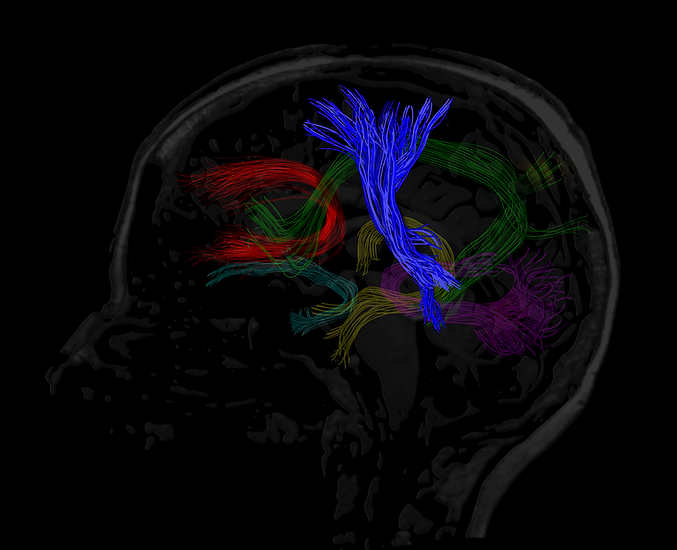Electrical Stimulation for Parkinson’s Disease
Parkinson’s Disease (PD) is a Central Nervous system disorder characterized by movement abnormalities such as tremors, rigidity, and gait freezing. The major hypothesis for the cause of PD is the reduction in dopaminergic neurons in the substantia nigra, a region in the middle of the brain. The main association tract connecting the substantial nigra to the spinal cord and motor cortex is called the corticospinal tract. The corticospinal tract has been identified to have impairment in PD patients and a majority of neuromuscular disorders. U send packets of electrical stimuli along these tracts to ameliorate PD symptoms.

Medication-Induced Dyskinesia: A 15-Day tPCS Trial
A 57-year-old male with Parkinson's disease underwent a 15-day treatment of transcranial pulsed current stimulation (tPCS). Quantitative analysis showed improvements in postural tremor and medication-induced dyskinesia. Postural tremor amplitude decreased by 7.59%, with consistent 4-6 Hz dominant frequencies. Medication-induced dyskinesia improved across all body parts, with reductions ranging from 33.44% to 62.25%. A novel video analysis method using hand tracking provided additional objective measurements of dyskinesia severity. The combined results from CSV data analysis and video processing demonstrated consistent improvements in both postural tremor and dyskinesia, suggesting tPCS as a promising non-invasive treatment for motor symptoms in Parkinson's disease. While limitations include the single-subject design, the significant improvements warrant further investigation in larger, controlled studies.
Bradykinesia and Freezing of Gait: A 84-Day tPCS Trial
A recent case study highlights the potential of transcranial pulsed current stimulation (tPCS) for managing Parkinson's disease bradykinesia and freezing gait symptoms. A 76-year-old patient with a 6-year history of Parkinson's underwent a 12-week [tPCS trial] after experiencing limited benefits from traditional medications. The patient completed 84 daily 20-minute sessions at home using a [U Neuromodulation device], reporting only mild, transient side effects. By the trial's end, improvements were noted in gait, speech, and freezing episodes, with no falls or incontinence incidents reported. While more research is needed, this case suggests tPCS could be a safe and promising adjunctive therapy for Parkinson's disease.
Resting-Tremor: A 5-Day tPCS Trial
A recent case study published in Clinical and Experimental Psychology highlights the potential of amplitude-modulated transcranial pulsed current stimulation (am-tPCS) for managing Parkinson's disease symptoms. The study, conducted by researchers from U: The Mind Company and ASLEK Epilepsy, focused on a 76-year-old female patient with Stage IV Parkinson's Disease with resting-tremor symptoms. Over a five-day period, the patient received 20-minute daily am-tPCS sessions targeting the motor cortex along the corticospinal tract. Results were promising, with an estimated 80% reduction in resting hand tremor amplitude and a 73.5% improvement in UPDRS scores. Only mild, non-adverse effects were reported. While more research is needed, this study suggests am-tPCS could be a safe and effective adjunctive therapy for Parkinson's disease.
